Sintered bronze filters play a big role in many industries. They clean fluids, control flow, and protect equipment. Companies often need filters in special shapes to fit their systems. The three main custom shapes are discs, tubes, and cartridges. This article explains each shape, how it works, and why it matters. You will learn the benefits, common uses, and tips to pick the right one.
What Are Sintered Bronze Filters?
Sintered bronze filters start as bronze powder. Workers press the powder into a mold and heat it without melting. This process bonds the particles and leaves tiny pores. The pores trap dirt but let liquid or gas pass through. These filters last long because bronze resists rust and handles heat well.
Custom shapes make the filters fit exact needs. Standard sizes work for some jobs, but custom ones solve tough problems. A company can order discs, tubes, or cartridges in any size or pore level. This flexibility saves time and money in the long run.
Disc-Shaped Sintered Bronze Filters
Disc filters look like flat circles. They come in many diameters and thicknesses. Workers cut or press the bronze powder into a round mold. After sintering, the disc gets smooth edges and even pores.
How Disc Filters Work
Fluid enters one side of the disc. Dirt sticks in the pores. Clean fluid exits the other side. The flat shape gives a large surface area in a small space. This setup works well for low-flow systems.
Common Uses for Disc Filters
- Inline strainers: Discs sit inside pipes to catch large particles.
- Sensor protection: They shield pressure sensors from debris.
- Laboratory equipment: Small discs filter samples in test machines.
Benefits of Custom Discs
Custom discs match exact pipe sizes. A factory can order a 2-inch disc with 10-micron pores. This fit stops leaks and boosts performance. Discs also stack easily for higher dirt capacity.
Tube-Shaped Sintered Bronze Filters
Tube filters have a hollow center. They look like short pipes. The bronze powder forms a cylinder during the mold step. Tubes can be short or long, thin or thick.
How Tube Filters Work
Fluid flows from outside to inside or inside to outside. The porous wall traps particles. The hollow design handles high flow rates. Tubes fit inside housings or act as standalone units.
Common Uses for Tube Filters
- Pneumatic systems: Tubes remove oil and dust from compressed air.
- Hydraulic lines: They protect pumps and valves.
- Fuel systems: Tubes filter gasoline or diesel before it reaches the engines.
Benefits of Custom Tubes
Custom tubes match housing dimensions. A company can request a 1-inch outer diameter and a 0.5-inch inner diameter. Length and wall thickness adjust for pressure needs. Tubes resist collapse under high pressure.
Cartridge-Shaped Sintered Bronze Filters
Cartridge filters combine tubes and end caps. They look like long cylinders with sealed ends. One end stays open for fluid exit. The bronze forms the body, and caps add strength.
How Cartridge Filters Work
Fluid enters the open end or the sides. Particles stick to the large surface area. Clean fluid leaves through the outlet. Cartridges replace easily when full.
Common Uses for Cartridge Filters
- Water treatment: Cartridges remove sediment from drinking water.
- Oil filtration: They clean engine oil in heavy machines.
- Chemical processing: Cartridges handle harsh liquids without breaking down.
Benefits of Custom Cartridges
Custom cartridges fit standard housings or unique setups. A plant can order a 10-inch cartridge with a specific micron rating. End cap styles—such as double open end or 222 O-ring—seal tight. Longer cartridges hold more dirt and need fewer changes.
Key Factors to Consider When Ordering Custom Shapes
Pore Size
Pore size controls what the filter catches. Small pores trap fine particles but slow flow. Large pores allow fast flow but miss tiny dirt. Common sizes range from 1 micron to 100 microns. Pick based on your fluid and cleanliness needs.
Dimensions
Measure the space where the filter goes. Note diameter, length, and thickness. Allow room for seals or housings. The wrong size causes leaks or a poor fit.
Operating Conditions
Check temperature, pressure, and fluid type. Bronze handles up to 400°F and 300 psi in many cases. Corrosive fluids may need special coatings.
Quantity and Lead Time
Small orders cost more per unit. Large runs lower the price. Custom shapes take 4–8 weeks to make. Plan ahead for projects.
Advantages of Sintered Bronze Over Other Materials
Bronze beats plastic in heat resistance. It outlasts steel in wet environments. The sintering process creates uniform pores, unlike woven mesh. Bronze filters are cleaned by backflush or ultrasound. This reuse cuts waste and saves money.
How to Order Custom Sintered Bronze Filters
Start with a drawing or sketch. List pore size, dimensions, and quantity. Contact a trusted maker like the team at nesiafilter.com. They guide you through options and samples. Review quotes for price and delivery. Approve a prototype before full production.
Maintenance Tips for Long Filter Life
Check pressure drop often. A big jump means the filter clogs. Clean with compressed air or solvent when needed. Store spares in dry boxes. Replace damaged filters right away to avoid system failure.
Why Custom Shapes Matter in Real Projects
A food plant needed clean air for packaging. Standard filters leaked at joints. Custom discs sealed tight and cut downtime. A mining truck used dirty fuel. Custom tubes with 5-micron pores extended engine life by 30%. These examples show how the right shape solves real problems.
Final Thoughts on Custom Sintered Bronze Filters
Discs, tubes, and cartridges cover most filtration needs. Each shape offers unique strengths. Discs save space. Tubes handle flow. Cartridges store dirt. Work with experts to design the best fit. For top-quality options, explore the full range of sintered bronze filter products. Custom shapes deliver clean fluids, protect equipment, and keep operations smooth.


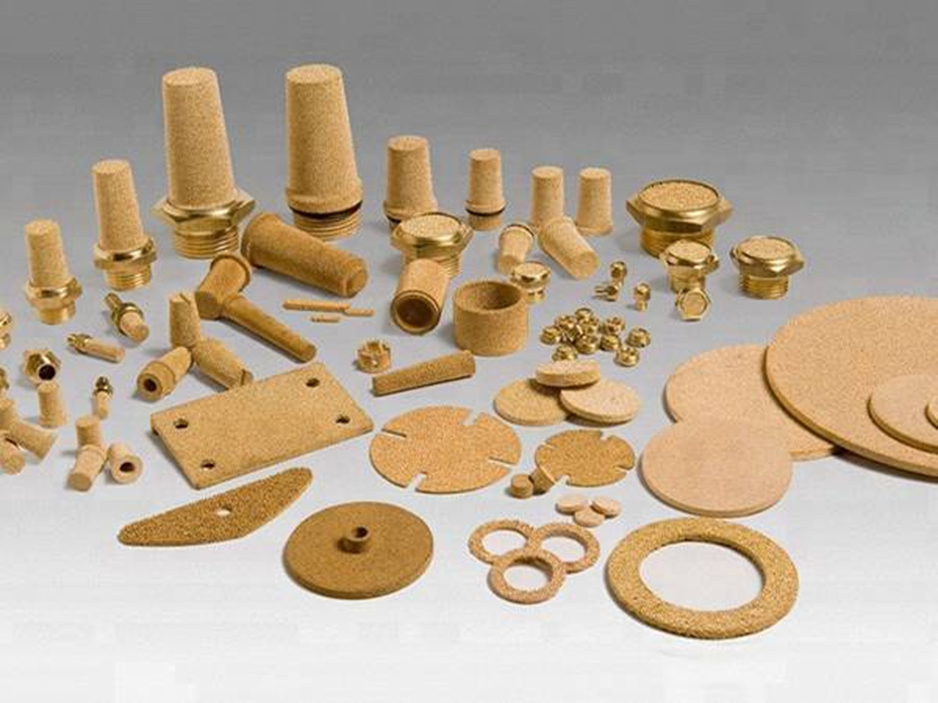

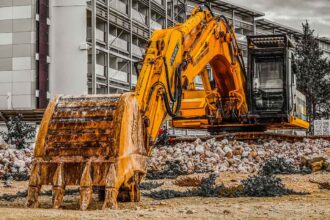

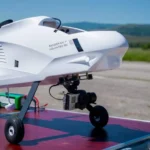





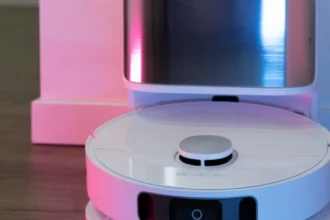

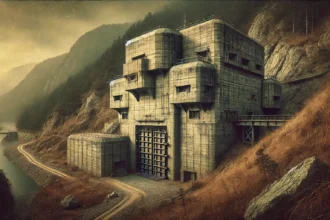
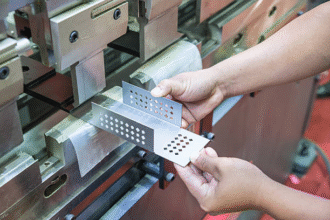

![[2025 Verified] 6 Best StreamEast Alternatives to Stream Sports Legally](https://reelsmedia.co.uk/wp-content/uploads/2025/06/streameast_alternatives-330x220.webp)